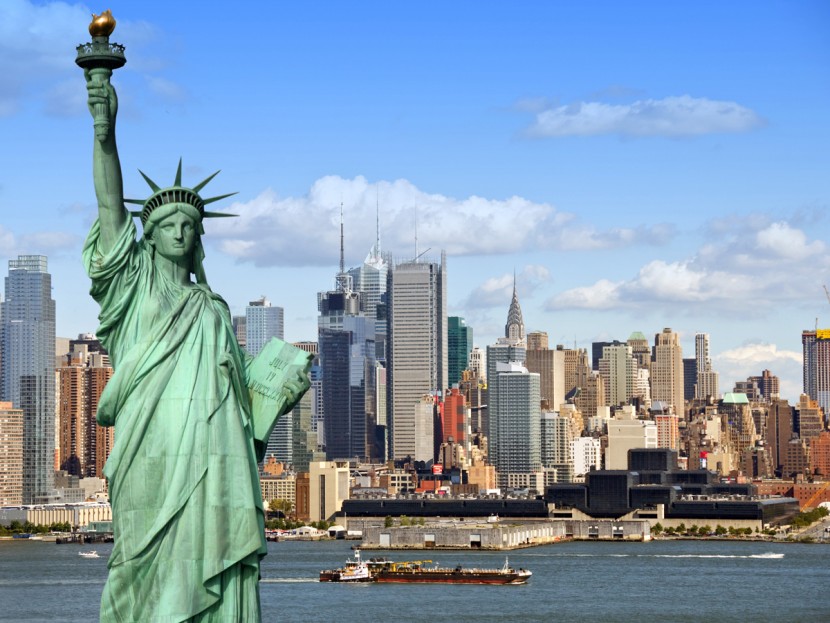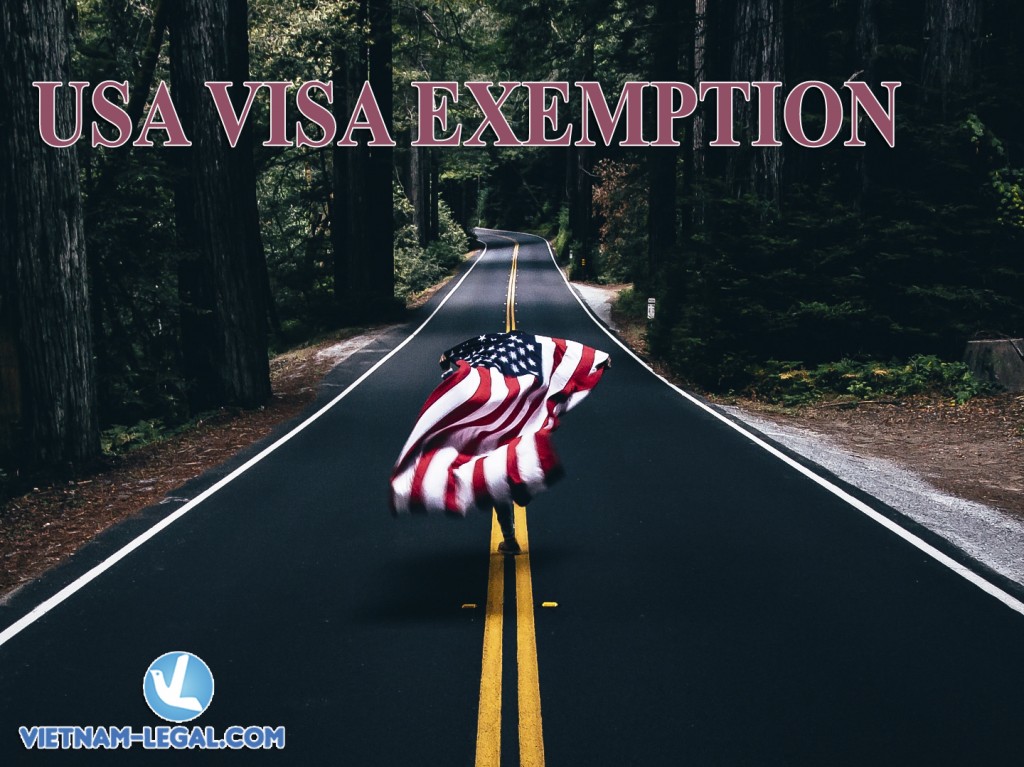From the soaring skyscrapers of New York City to the dramatic mesas of Arizona, the United States of America is a place of staggering beauty and extraordinary diversity. Nothing prepares you for your first glimpse of Manhattan’s iconic skyline, the yawning expanses of the Grand Canyon or the neon-lit excesses of Las Vegas, just some of the country’s many highlights.
You could easily spend a lifetime in the US and still feel like you’ve just scratched the surface. It’s epic on every scale. After all, this is a place where you can watch the thunderous spectacle of Niagara Falls, trek through the soaring Black Hills of South Dakota and cruise along California’s glorious Pacific Coast; where you can ski at Lake Tahoe, go cattle ranching in the Midwest and imbibe live jazz in New Orleans. The options, it seems, are endless.
The USA’s manmade landscapes are nearly as spectacular as the natural ones. New York boasts some of the most impressive skyscrapers on the planet (think Empire State Building, Chrysler Building, Rockefeller Centre), although the skylines of Seattle, Chicago, LA and Vegas are no less recognisable.
The American people are similarly diverse; from the colourful Cubans of the southeast to the gun-slinging wranglers of Texas and hardy Inuits of Alaska, the country is a melting pot of cultures. Generations of immigrants have shaped the national identity in everything from food and language to music and manners.
Once derided for being boring, the resurgent capital, Washington D.C, boasts hip new bars, chic boutiques and a burgeoning culinary scene, which are welcome diversions in this theatre of politics. In spring, the city turns pink with cherry blossom – the legacy of a peace offering sent by Japan.
The glorious East Coast retreat of Cape Cod is also not to be missed. Looking around this exquisite peninsula it’s easy to see why the founding fathers, who stepped off the Mayflower here, chose to make this extraordinary land their home. “God bless America,” they sang. And God blessed her indeed.
 GEOGRAPHY
GEOGRAPHY
Covering a large part of the North American continent, the USA shares borders with Canada to the north and Mexico to the south. The country has coasts on the Atlantic, Pacific and Arctic oceans, the Caribbean Sea and the Gulf of Mexico. The State of Alaska, in the northwest corner of the US, is not part of the continental US; it is separated from the rest of the USA by Canada. Similarly, Hawaii is not part of the ‘lower 48′ states; it lies in the central Pacific Ocean.
The country’s dependent territories are offshore and have distinct geographies of their own; the majority are islands. The third-largest country in the world (after the Russian Federation and Canada), the USA has an enormous diversity of geographical features, including mountains, plains, and coastal zones. Though there are many cities that are densely populated with more manmade features than natural ones, there are also vast rural areas that are far more sparsely populated. The climate ranges from subtropical to arctic, with a corresponding breadth of flora and fauna.
WEATHER & CLIMATE
Best time to visit:
The United States has varied weather conditions, and the best time to visit depends both upon the location and the season. Spring (March, April, May) and autumn (September and October) are generally cooler, more comfortable times to visit. The summer months (June, July, and August) are generally hot regardless of the region, but winter temperatures (November-February) can vary substantially depending upon the part of the US you are visiting.
The southern part of the country tends to be warmer than the north. The general climate of the continental US is temperate, but keep in mind that Hawaii is tropical and Alaska is arctic. Many of the country’s dependent territories, such as Guam, Puerto Rico, and the US Virgin Islands, are also tropical.
Summer is considered the peak tourist season throughout the country; other popular travel times are major American holidays, especially Thanksgiving and Christmas, as well as Easter Week and the school holiday known as Spring Break. Certain destinations, such as New York, are perennial favourites and are busy year-round; even when the weather may not be pleasant, these destinations have particular attractions or experiences that always draw travellers.
In some parts of the country, travel services may be limited during the low or off-season, largely due to weather conditions.
CULTURE
Religion:
Protestant majority (51.3%) with Roman Catholic, Mormon, Jewish and many ethnic minorities. An increasing percentage of Americans are distancing themselves from formal religious affiliations; 12.1% currently declare no affiliation.
Social conventions:
Americans are renowned for their openness and friendliness to visitors.
Shaking hands is the usual form of greeting. A relaxed and informal atmosphere is usually the norm. As long as the fundamental rules of courtesy are observed, there need be no fear of offending anyone of any background. Gifts are appreciated if one is invited to a private home. As a rule, dress is casual. High-end restaurants, hotels and clubs may require more formal attire.
Smoking is increasingly unpopular in the US; it is essential to ask permission before lighting up. Smoking is not allowed on city transport and restricted or forbidden in public buildings in most states. An increasing number of states (including California and New York) have banned smoking altogether in many public places.
The wide variety of national origins and the USA’s relatively short history has resulted in numerous cultural and traditional customs living alongside each other. In large cities, people of the same ethnic background often live within the same communities, although race relations remain fraught in certain regions, as highlighted by the Ferguson riots in 2014.
LANGUAGE
English is the main language, with significant Spanish-speaking minorities (10.7%).







